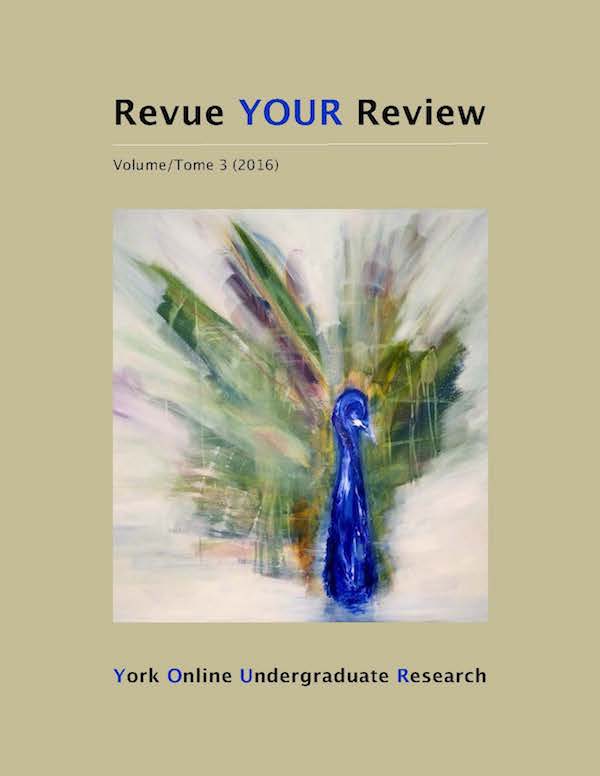The Black Girl’s Burden: Sexualized Stereotypes and the Reproductive Health of Black Women
Abstract
Women of colour fare worse than white women on almost every health outcome. This disparity is particularly pronounced with respect to reproductive health outcomes (Augustine, 2004). Current research identifies cultural competency as a crucial concept for creating effective sexual health programs for racialized and queer youth. Studies show that culturally competent sexual educational programming reduces risky behaviours that lead to poor reproductive health outcomes. My research focuses on three questions: Why do African Americans have lower reproductive health outcomes compared to their Caucasian counterparts? How is current programming on sexual and reproductive health inadequate for the needs of young women of colour?
Can reproductive justice and culturally competent education programs help bridge the divide? Using a photo essay and a comprehensive review of the literature, I analyze historical and contemporary sexual representations of black women and examine the impact that shouldering the “burden” of these stereotypes has on the reproductive health of African-American women. The project analyzes selected sexual health curriculums and programming available to young women of colour through critical and reproductive justice frameworks. I use the Native Youth Sexual Health Network (NYSHN) as a case study and model for how sexual education and sex positivity programming, rooted in a reproductive justice framework, can help young people of colour challenge colonial sexual legacies and express their sexuality in empowering ways.
This research demonstrates the importance of culturally competent reproductive justice education as a means of empowering and improving reproductive health outcomes for African-American women.
Downloads
How to Cite
Issue
Section
License
Authors contributing to Revue YOUR Review agree to release their articles under one of three Creative Commons licenses: Creative Commons Attribution 4.0 International; Creative Commons Attribution-NonCommercial 4.0 International; or Creative Commons Attribution-NoDerivatives 4.0 International. All editorial content, posters, and abstracts on this site are licensed under Creative Commons Attribution-NoDerivatives 4.0 International. For further information about each license, see:
https://creativecommons.org/licenses/
In all cases, authors retain copyright of their work and grant the e-journal right of first publication. Authors are able to enter into other contractual arrangements for the non-exclusive distribution of the e-journal's published version of the article (e.g., post it to an institutional repository or publish it in a book or in another journal), with an acknowledgement of its initial publication in this e-journal.


